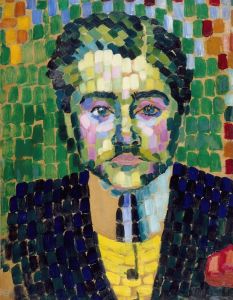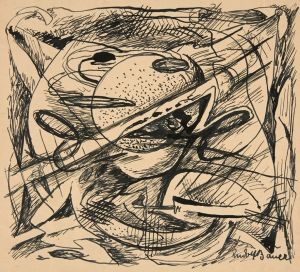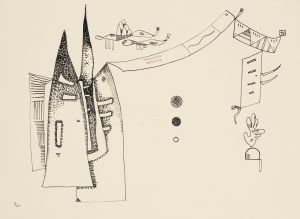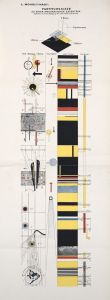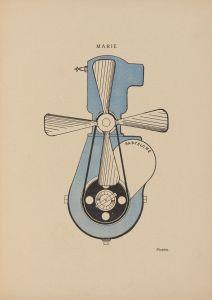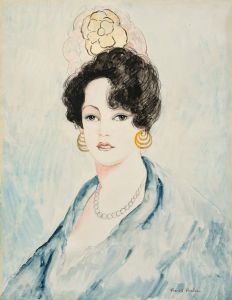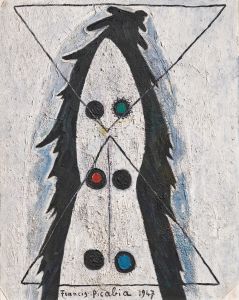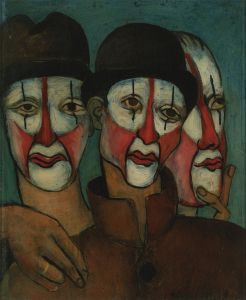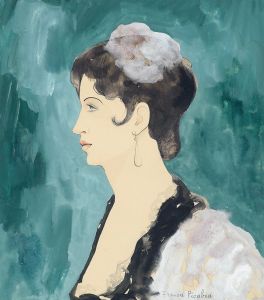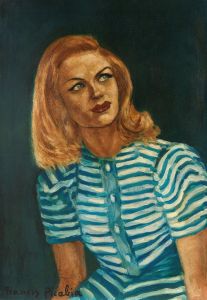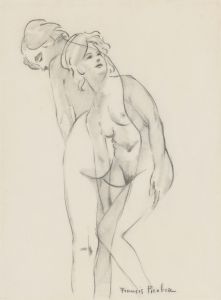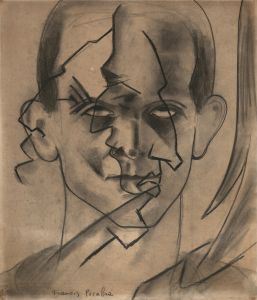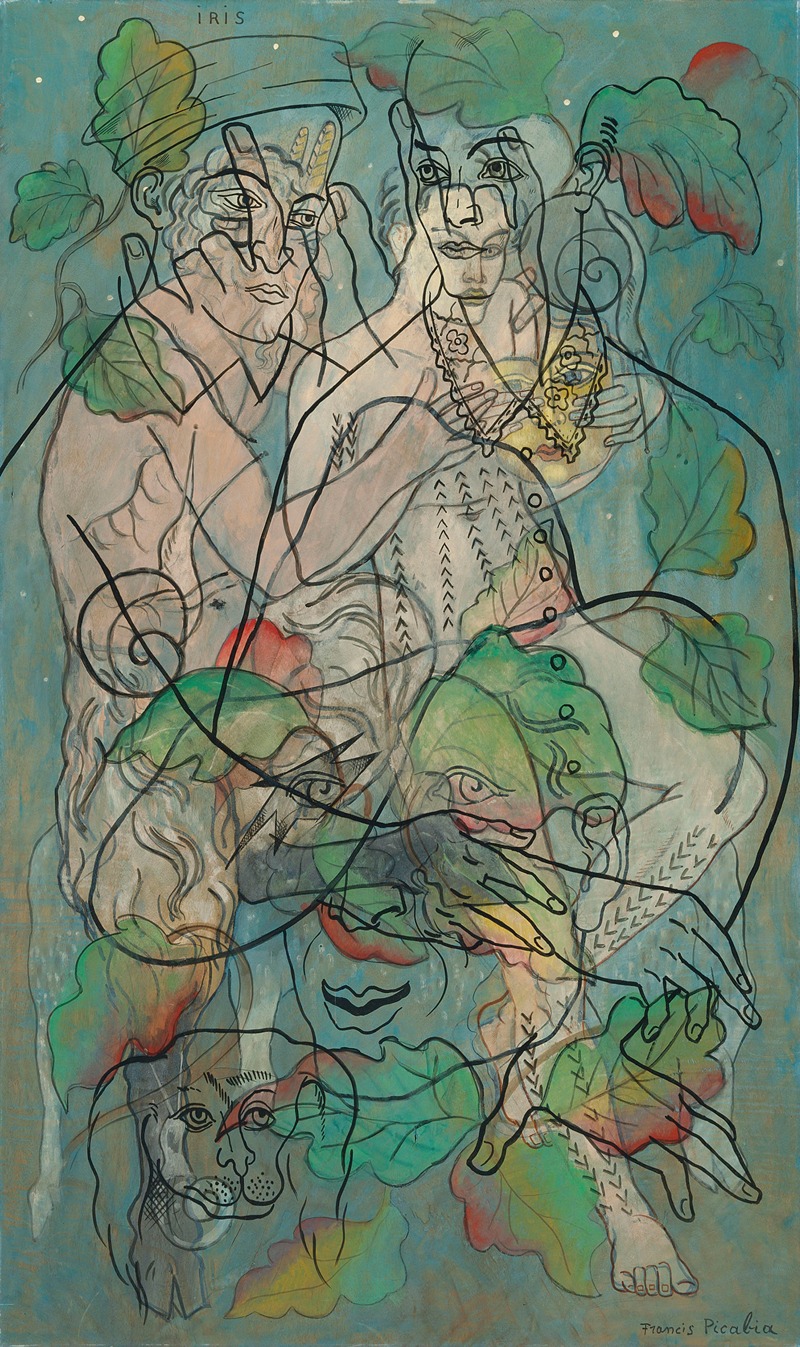
Iris
A hand-painted replica of Francis Picabia’s masterpiece Iris, meticulously crafted by professional artists to capture the true essence of the original. Each piece is created with museum-quality canvas and rare mineral pigments, carefully painted by experienced artists with delicate brushstrokes and rich, layered colors to perfectly recreate the texture of the original artwork. Unlike machine-printed reproductions, this hand-painted version brings the painting to life, infused with the artist’s emotions and skill in every stroke. Whether for personal collection or home decoration, it instantly elevates the artistic atmosphere of any space.
Francis Picabia was a French avant-garde painter, poet, and typographist, associated with a variety of artistic movements including Impressionism, Cubism, Dada, and Surrealism. He was known for his innovative and often controversial works that challenged traditional artistic conventions. One of his notable works is "Iris," which reflects his unique approach to art and his ability to blend different styles and ideas.
"Iris" by Francis Picabia is a painting that exemplifies his transition from Impressionism to more abstract forms of art. While specific details about the painting "Iris" are limited, it is important to understand Picabia's broader artistic context to appreciate his work. Picabia was heavily influenced by the technological advancements and cultural shifts of the early 20th century, which is evident in his diverse body of work.
Picabia's early career was marked by his involvement with Impressionism, but he soon moved towards Cubism, influenced by artists like Marcel Duchamp and Guillaume Apollinaire. His Cubist works often incorporated mechanical and industrial elements, reflecting his fascination with machines and modernity. This mechanical aesthetic became a hallmark of his later works, including those created during his Dada period.
During the Dada movement, Picabia became known for his provocative and irreverent art, which often included satirical and nonsensical elements. He was a key figure in the Dada movement in both New York and Paris, contributing to publications such as "291" and "391," where he published many of his ideas and artworks. His Dada works often challenged the traditional notions of art, questioning its purpose and value in society.
In the 1920s, Picabia's style evolved once again as he became involved with Surrealism. His Surrealist works often featured dreamlike imagery and explored themes of desire and the subconscious. However, Picabia's relationship with the Surrealist movement was complex, as he maintained a degree of independence and often critiqued the movement's more dogmatic aspects.
"Iris" can be seen as part of Picabia's broader exploration of form and meaning. While specific details about the painting are scarce, it likely reflects his interest in abstraction and his desire to break free from traditional artistic boundaries. Picabia's work often defied easy categorization, and "Iris" is no exception, embodying his eclectic and ever-evolving artistic vision.
Throughout his career, Picabia remained a controversial and influential figure in the art world. His willingness to experiment with different styles and his rejection of conventional artistic norms have left a lasting impact on modern art. Although "Iris" may not be as widely recognized as some of his other works, it is a testament to Picabia's innovative spirit and his contribution to the development of 20th-century art.





